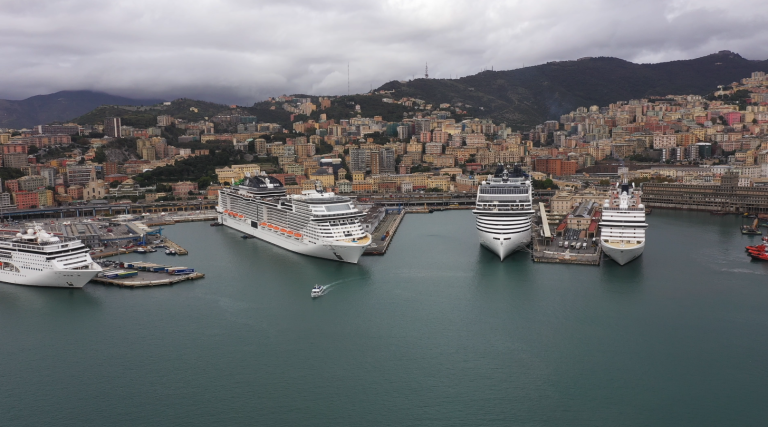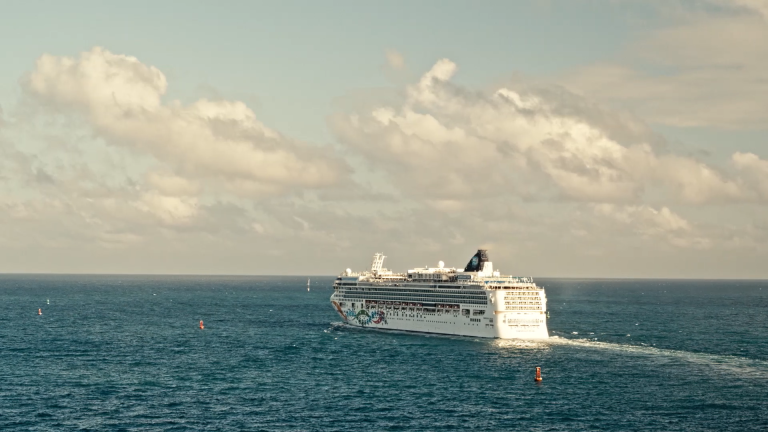Cruises Made in Europe: A Driving Force for the Future
European cruising continues to be a strategic sector for the continent’s economy, generating an annual economic value of €55.3 billion and supporting 400,000 jobs. Among the key players in this industry, Italy stands out with a contribution of €14.7 billion and nearly 100,000 employees, positioning itself as a leader both in cruise ship construction and in the tourism offering. This is highlighted in the “Made in Europe” report released by CLIA, the international association of cruise companies.
Europe builds 97% of the world’s cruise ships, with more than half of them constructed in Italy. Over the next 12 years, the construction of 72 new ships in European shipyards is expected, with a total investment of €57 billion (about €4.75 billion per year). The sector accounts for 80% of commercial ship orders for European shipyards, involving a wide network of suppliers, from steel production for hulls to advanced technologies for onboard equipment.
Msc Ships
A significant example is Fincantieri shipyards, which, in addition to its 10,000 direct employees, supports a supply chain that generates 90,000 jobs. Similarly, at Meyer Werft shipyards, 80% of supplies come from European companies, while a ship built by Chantiers de l’Atlantique in France is made almost entirely from European materials, 70% of which are French.
Cruising is considered one of the cornerstones of European industrial excellence, according to Samuel Maubanc, the General Director of CLIA Europe, who emphasized that the sector not only contributes to strengthening Europe’s competitiveness but also acts as a driver of technological innovation and sustainability, investing in cutting-edge energy solutions designed to have a lasting impact on the entire maritime industry.
The economic impact of cruising extends far beyond the shipyards. Each port call at one of the 350 European ports (60 of which are in Italy) represents an opportunity for the development of coastal communities and local suppliers. The companies commit to promoting local products, generating direct and indirect economic benefits for the territories.
According to the CLIA report, the average expenditure of a cruise passenger during a seven-day cruise is €700, contributing to a total annual economic impact of €1.4 billion in Italy. But the impact does not stop with the stay: more than 50% of cruisers return to visit the destinations discovered during their trips, proving the role of cruises as a powerful tourist marketing tool. Additionally, there are the spending of companies on supplies (€2.4 billion per year), investments in shipyards (€2.6 billion), and wages (€3 billion), making cruising a critical sector for economic development and employment in Europe.
Cruise Ship at sea
According to Francesco Galietti, Director of CLIA Italy, Italy is the most beloved European country by cruisers and the one that benefits the most from the sector. This success, as he states, is due not only to the beauty of the territory and the value of the tourist destinations but also to the presence of excellent infrastructure, state-of-the-art ports, and a long supply chain of qualified suppliers who support the sector.
Italy’s commitment extends beyond shipbuilding to include the development of modern ports and terminals, support for tourism operators, and an increasing focus on sustainability. This combination of expertise and know-how makes the country an international reference for the cruising sector, further consolidating its role as a leader in the Mediterranean.
With steady growth and unprecedented investments, European cruising is not only a pillar of the continental economy but also a model of innovation and sustainability. In the coming years, the sector will continue to evolve, promoting green technologies and strengthening cooperation with local communities. As CLIA emphasizes, the cruise industry is set to remain one of the main levers for Europe’s economic and tourism revival, providing long-term value for businesses and people.
Don’t miss news, updates, and reviews about the world of cruises on Cruising Journal.


